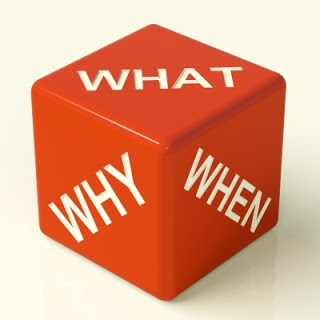A deep dive into why you are writing this
book
As I alluded to in the last article, often our first draft
is just that, a first draft. Hate to
tell you, but likely one of many. The good news is that with each version you
are getting closer to the final, finished product.
But let’s get back to
the beginning for a moment. Early on I
asked you why you were writing your book?
Who was your potential reader? And what were your key messages?
Has that changed?
Because sometimes it does as you go deeper into your topic and learn
more. Sometimes the writing process digs
up more than you expected in your personal life. Stuff you’d kept under wraps. Your decision is whether to include these
insights or stories in the book, and only you can decide what gets included and
what gets left out. But just a heads up
that writing can stir up issues you thought were long gone.
The clearer you can be on what you want to achieve through
your book, the better it will be. By
clarity, I mean the key messages, the outcome for the reader, and yes, what you
want to get out of it too. If it is
making a fortune through your book, I hate to disappoint you, but unless you
are Stephen King, making lots of money as an author is a pipe dream.
What a book does is it gives you is credibility. We live in a society that admires and
respects people who have written a book.
If you are in business, your book can become a platform from which to
establish yourself as an expert. In fact
it is often through public speaking that you sell the most books.
There will be times when you feel like giving up. It is then when you want to remember your
why. Why you are doing this in the first
place. It is that why that will give you
the tenacity to carry on.
Taking a break is OK too.
Sometimes coming back a few months later gives you a fresh perspective
and a renewed enthusiasm for the project.
Personally I find it hard to write when I am not in the
“flow.” I am far better off to “step
away from the computer” take a walk, do something else rather than force myself
to write when I am tired and not feeling that creative.
Having said all this, there is something very rewarding when
a reader contacts you to say that your words have been helpful, resonated and
made a difference. That’s when you know
you are on the right path.
This post is part four of a series
on writing books by Anne Day, President of Full Circle Publishing and
author/editor of five books on Women and Entrepreneurship. Her next book,
co-authored with Amy Vodarek will be coming out in Spring, 2017



